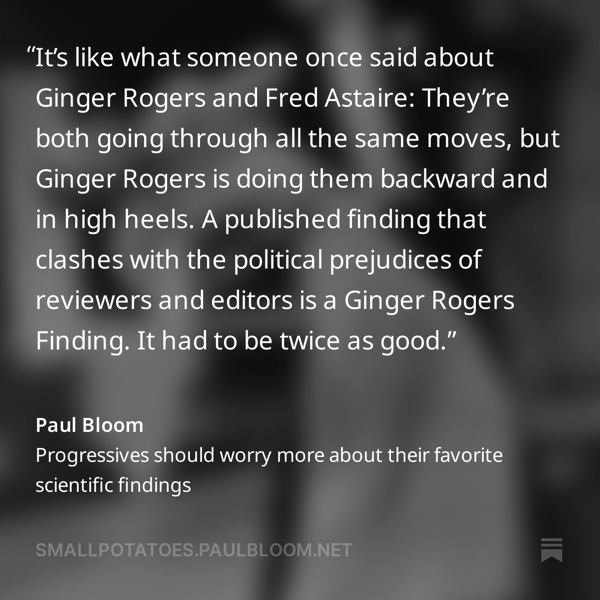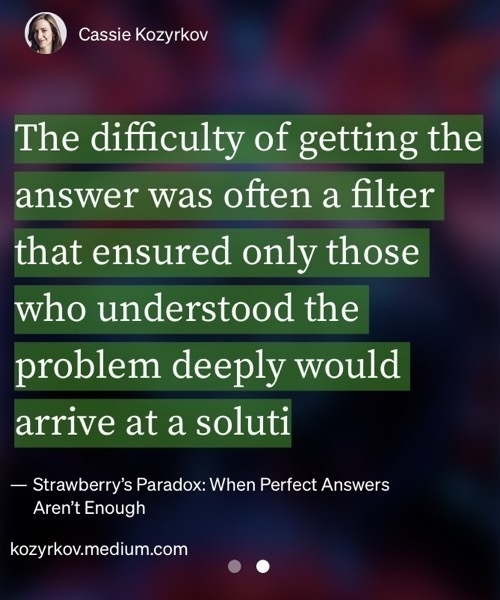Turkle describes one of the many small consequences in an American city: “Kara, in her 50s, feels that life in her hometown of Portland, Maine, has emptied out: ‘Sometimes I walk down the street, and I’m the only person not plugged in … No one is where they are. They’re talking to someone miles away. I miss them.’ ”
~Andrew Sullivan “I used to be a human being”, NY Mag Intelligencer, 2016.







